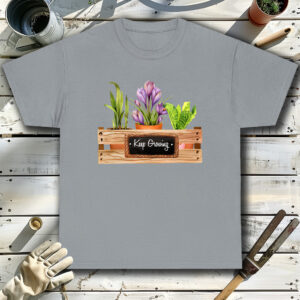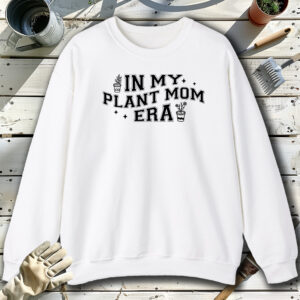Table of contents
Dumcane

Latin Name: Dieffenbachia maculata ‘Camille’
Category: Dieffenbachia
Family: Araceae
Origin: Hybrid
Climate: Tropical
Growing Zones: 11-10
Care Instructions
The Dumcane (Dieffenbachia maculata ‘Camille’) is a tropical plant that originates from Hybrid. This dieffenbachia plant belongs to the Araceae family and is well-suited for growing in USDA zones 11-10.
Complete Care Guide for Dumcane (Dieffenbachia maculata ‘Camille’)
Watering Requirements
The Dumcane, or Dieffenbachia maculata ‘Camille’, thrives best with a consistent watering schedule. It is essential to keep the soil evenly moist but not soggy. Water the plant when the top inch of the soil feels dry to the touch. During the growing season, typically spring and summer, you may need to water more frequently, about once a week. In the fall and winter, reduce watering to every two weeks as the plant enters a dormant phase. Overwatering can lead to root rot, so ensure that the pot has good drainage and that excess water can escape. Always use room temperature water to avoid shocking the plant.
Light Conditions
Dumcane prefers bright, indirect light but can tolerate lower light conditions. Direct sunlight can scorch its leaves, leading to brown tips and edges. Ideally, place your Dumcane near a window with filtered light or in a well-lit room where it can receive plenty of indirect sunlight. If the plant is not receiving enough light, you may notice slower growth and a leggy appearance. Conversely, if the leaves start to yellow, it may be a sign of too much direct sunlight. Rotate the plant occasionally to ensure even growth and exposure to light.
Soil Preferences
The ideal soil for Dumcane is a well-draining potting mix that retains some moisture without becoming waterlogged. A mix of peat moss, perlite, and pine bark works well to provide the necessary aeration and drainage. You can also use a commercial potting soil designed for houseplants, adding perlite or sand to improve drainage. Fertilization should occur during the growing season, using a balanced, water-soluble fertilizer diluted to half strength every 4-6 weeks. In the fall and winter, reduce or eliminate fertilization as the plant’s growth slows down.
Pests and Diseases
Dumcane is susceptible to common houseplant pests such as spider mites, aphids, and mealybugs. Regularly inspect the leaves for signs of infestation, such as webbing, sticky residue, or visible bugs. If you notice any pests, treat the plant with insecticidal soap or neem oil, ensuring to cover both the tops and undersides of the leaves. Additionally, Dumcane can suffer from diseases like root rot, which is often caused by overwatering. Ensure proper drainage and avoid letting the plant sit in water. Yellowing leaves can indicate overwatering, while brown, crispy leaves may suggest underwatering.
Special Care Tips
To keep your Dumcane healthy and thriving, consider the following special care tips: First, wipe the leaves with a damp cloth regularly to remove dust and improve photosynthesis. This also helps prevent pest infestations. Second, be cautious when handling the plant, as its sap can be toxic if ingested and may cause skin irritation. Always wear gloves when pruning or repotting. Lastly, if you notice the plant becoming too large for its pot, consider repotting it every couple of years into a slightly larger container to promote healthy growth. With the right care, your Dumcane can flourish and become a stunning focal point in your home.








